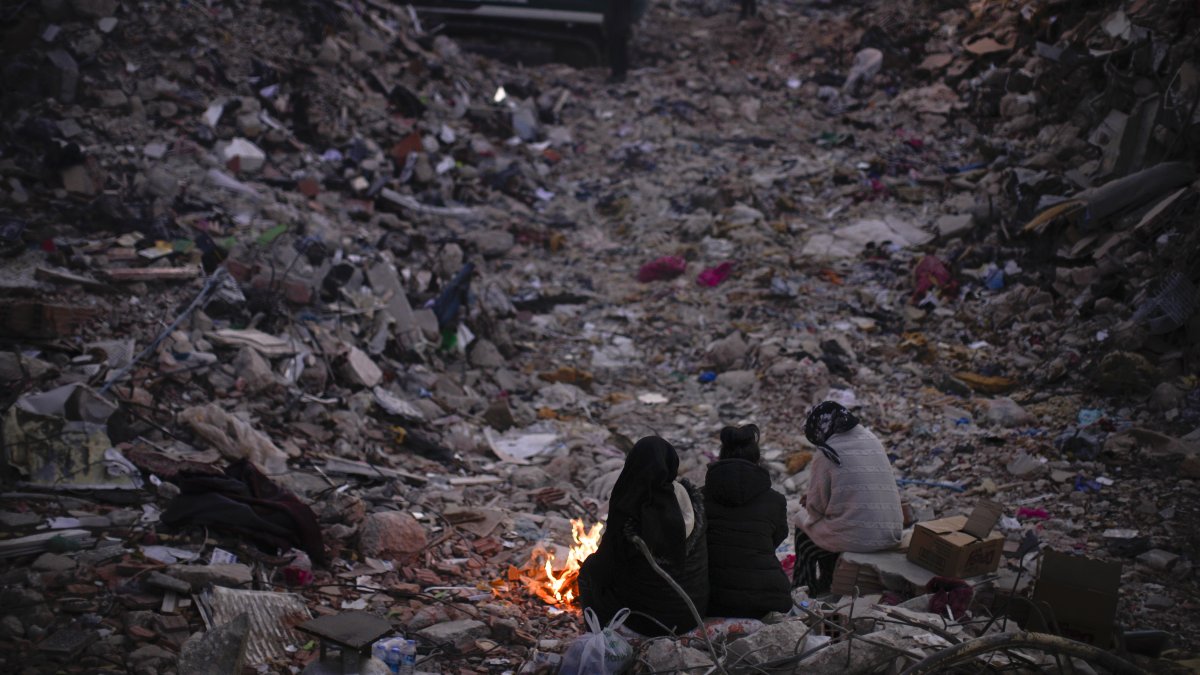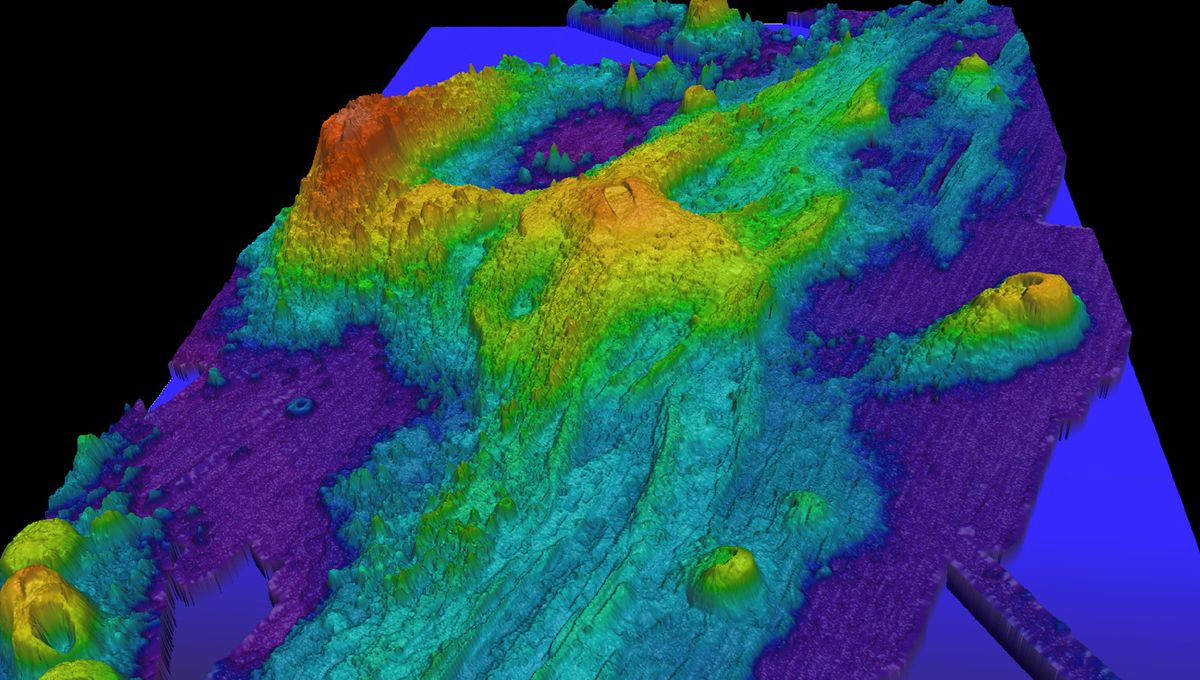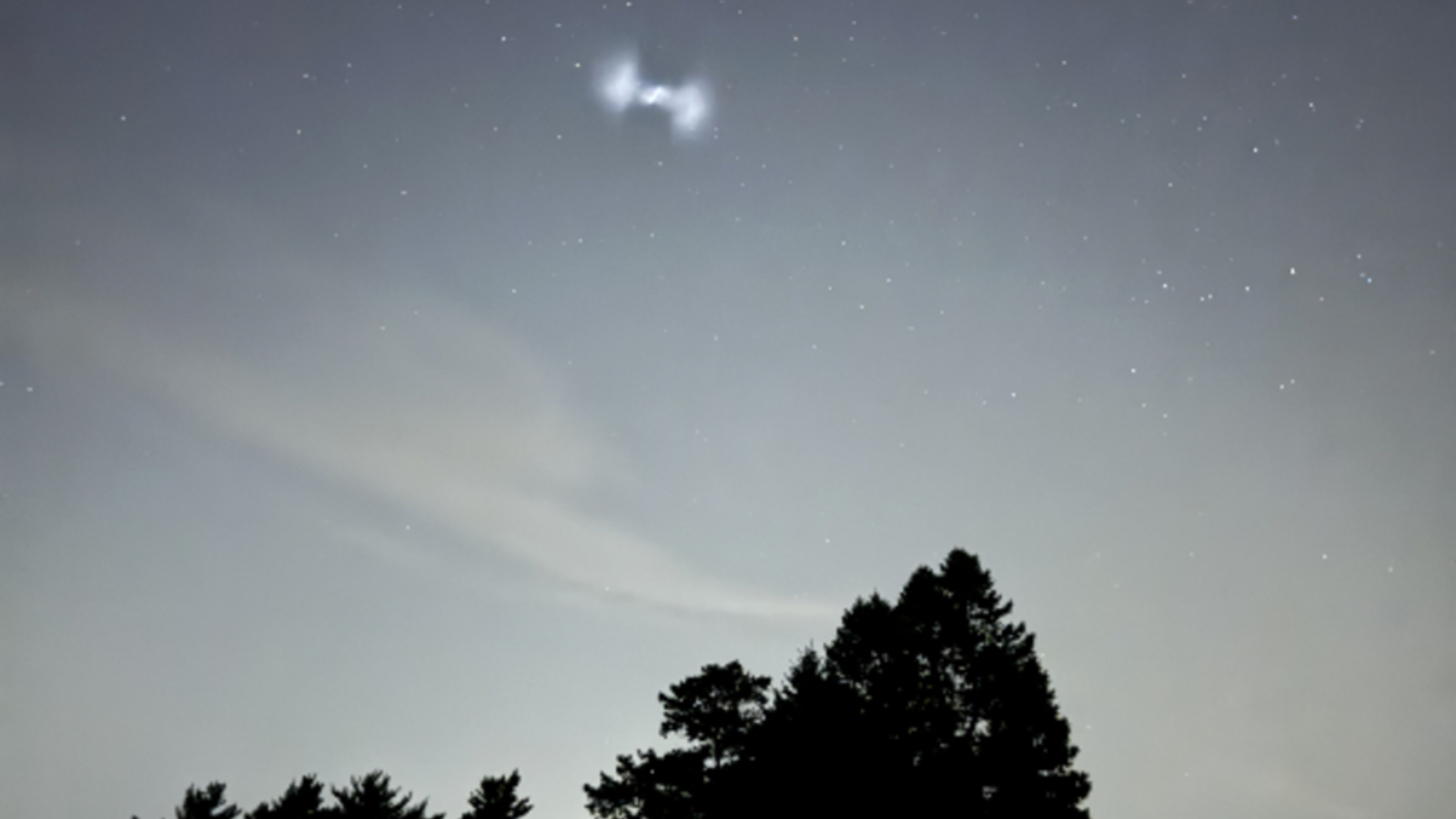Google's Earthquake Alert System Failed Millions During Türkiye's Deadliest Quakes – Here's What Went Wrong!

Imagine being jolted awake by the earth shaking beneath you, only to discover that the lifeline you thought would warn you of danger failed to deliver. That’s the shocking reality for millions during Türkiye's devastating earthquakes over two years ago.
According to a recent report, Google has admitted that its early warning system fell flat, missing the chance to warn nearly 10 million people who lived within 157 kilometers (97.56 miles) of the quake's epicenter. When the powerful 7.8 magnitude quake struck southeastern Türkiye on February 6, 2023, only 469 people received the highest-level alert, while around 500,000 got more general notifications for minor tremors.
The tech titan had previously defended its system, known as Android Earthquake Alerts (AEA), claiming it performed adequately. However, in the wake of this disaster, the stark truth emerged—over 55,000 lives were lost, and more than 100,000 were injured, many of whom were asleep when the ground turned against them.
The AEA system, operated by Google from Silicon Valley rather than local authorities, is integrated into Android devices, which dominate the smartphone market in Türkiye with a staggering 70% share. The highest-level alert, dubbed the 'Take Action' warning, is designed to issue a loud alarm that cuts through the Do Not Disturb mode to alert users to imminent danger.
But on that fateful day, the AEA system underestimated the quake’s intensity, initially rating it at a mere 4.5 to 4.9 magnitude. The actual magnitude? A terrifying 7.8. This misjudgment meant that during the second tremor, only 8,158 devices received the critical 'Take Action' alert, while 4 million were sent the milder 'Be Aware' notification.
In the aftermath, Google recalibrated its algorithms, running simulations that indicated a properly functioning system could have sent life-saving alerts to 10 million devices and notifications to 67 million people. But critics are quick to point out that a two-year delay in revealing this catastrophic failure highlights a significant oversight, especially when lives were at stake.
“We’re not talking about a minor incident; people died. It’s unacceptable that we didn’t see the performance we required from this warning system,” stated Elizabeth Reddy, an assistant professor at the Colorado School of Mines, emphasizing the gravity of the situation.
As this story unfolds, it raises vital questions about the reliability of technology meant to protect us in times of crisis. Can we truly rely on algorithms designed in the comfort of Silicon Valley to save lives in the real world?
























